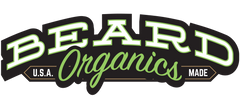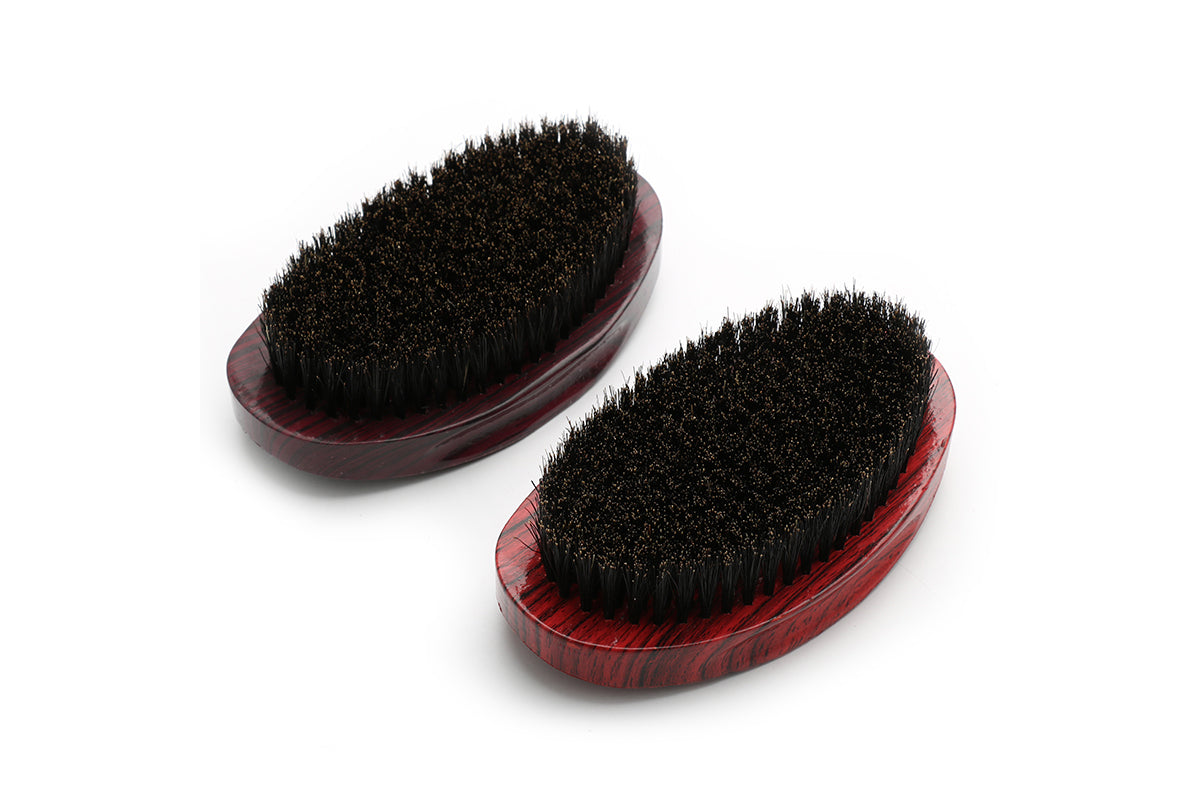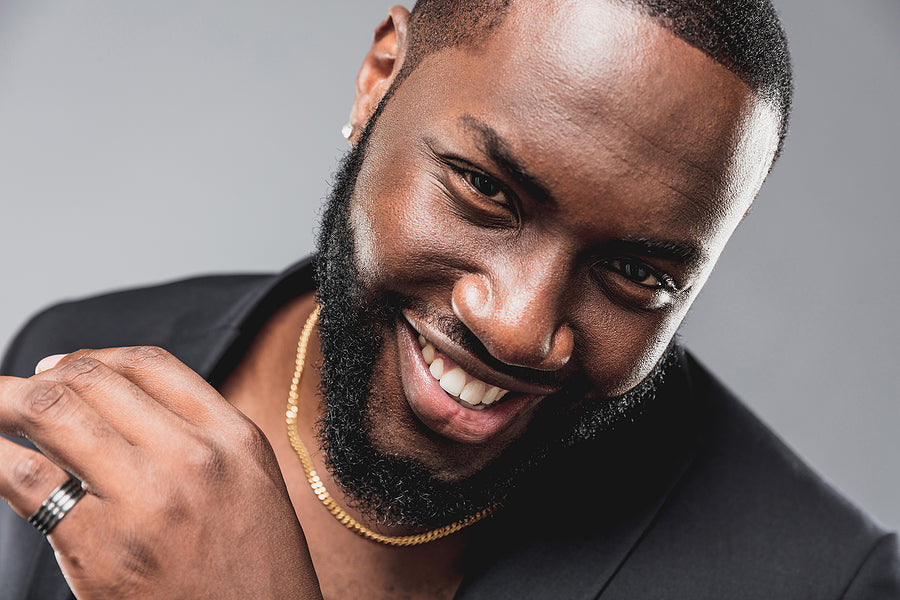How can I grow a thick beard fast? It’s a common question that comes up quite often for men seeking to improve the rate and quality at which their beard is growing. Beard enthusiasts and experts alike have an array of answers for what contributes to a growing a healthy beard, but what is the best solution?
Simply put, there are a variety of factors that may contribute to growing a healthy beard, which includes but are not limited to choosing the best beard oils, leveraging a high-quality beard wash, and consuming a healthy diet.
Another critical factor that you may want to add to this list is exercise.
Exercise and Beard Growth
Your workout regimen may be the key for you to grow a healthy beard. Here’s what we know.
Studies show that exercise helps to stimulate beard growth. What does picking up a barbell have to do with the hair on your face? Well, amazingly, there are few things to consider.
First, physical activity is one of the most natural ways to get your blood flowing. Blood circulation is necessary for healthy skin cell production, and it is an absolute must-have for transporting vital nutrients to the surface area below your beard, which is essential for follicular stimulation and beard growth.
The second reason exercise supports beard growth has everything to do with its impact on testosterone levels. The hormone testosterone significantly impacts the rate at which your beard grows. This androgen is vital for a variety of functions in men, including puberty, sex drive, sperm creation, and the strengthening of muscles.
Testosterone and Growing a Beard
The normal range of testosterone levels in men over the age of 19 is between 240 and 950 ng/dl. Anything below this range will negatively affect your ability to grow or sustain a luxurious beard.
As we age, these hormone levels slowly decline in both men and women and may contribute to various side effects, which include:
- A decrease in muscle mass
- Reduction in sex drive and;
- Hair loss on our face and body
In addition to age, obesity, heart disease, and diabetes may also contribute to low hormone levels, further hampering your efforts to achieve your ultimate beard goals.
Facts are facts. It is not unusual to experience slow beard growth or patchy beard results when dealing with low testosterone levels.
Luckily, all is not lost when it comes to getting control over testosterone production. Exercise is an excellent way to help boost the production of testosterone in the body and, therefore, get your beard game on track.
Does it matter which form of exercise you partake in to generate results? It might surprise you to know that increasing your testosterone levels to change the fate of your beard does require a specific kind of activity.
What are the Best Exercises for Growing a Beard?
There are a few written rules about which exercises are guaranteed to generate results. Not all methods of exercise are equal when it comes to boosting testosterone production to help with beard growth. You are going to have to work for this beard. So, take a deep breath before reading any further if you are presently not a self-proclaimed gym-rat.
Experts recommend that if you are hoping to kick the androgen hormone production into high-gear, you will want to adopt high-intensity interval training and weight-lifting as a part of your regular workout routine.
High-Intensity Interval Training and Testosterone
Studies suggest that HIIT or high-intensity interval training is the way to go to increase up your testosterone levels. HIIT entails the execution of short bursts of intense exercise that you alternate with low-intensity recovery periods of activity. These workouts may range in duration, lasting anywhere from 10 to 30 minutes.
HIIT workouts a favorite among fitness buffs because with regular performance, they can produce the same results as a moderate-intensity workout. An example of a HIIT workout might be jogging at a slow and easy pace on a treadmill, followed by a minute or more of an all-out sprint before returning to a slow and easy jog. You might repeat this process four to six times in a single workout.
This style of exercise enables you to enhance your metabolic rate, rapidly burn a large number of calories, improve heart health and your blood pressure, and lose fat. HIIT is a powerful ally in your quest to gain muscle mass.
Weight-Lifting and Testosterone
Strength training or lifting weights has a significant effect on testosterone levels. Some forms of exercise only provide a brief boost in testosterone levels following exercise. Strength training, on the other hand, provides a more considerable increase in the hormone because you are using a large muscle group.
Weight lifting exercises that boost testosterone include:
- Deadlifts
- Squats
- Row
- Pull-Ups or Chin-Ups
- Bench Presses
For best results, you should aim to get in weight lifting exercises at least two to three times per week.
Studies show that as little as 15 minutes of exercise can increase testosterone levels. However, do not get too excited about that statistic. Some men will require a much longer workout if they are hoping to raise androgen.
In Summary
Exercise can help with your beard growth efforts. We know that it supports the production of testosterone, which is crucial for rapid, thick beard growth results. If you have concerns about your testosterone levels, you should have your physician check them to ensure that you have sufficient production. A good workout may help to improve your beard, but when in doubt or if you do not see the results you would like to see, take the time to consult with your doctor.
If you are not a fitness buff, the thought of suddenly getting off the couch or carving out 30 minutes a day may seem a bit daunting. The key is to boost your workout habits over time slowly. You can keep it simple by incorporating weight-lifting into your daily routine. Don’t forget that workouts are just one factor for growing a healthy beard. Your diet, beard oil selection, and grooming habits are others that will influence your overall results.



